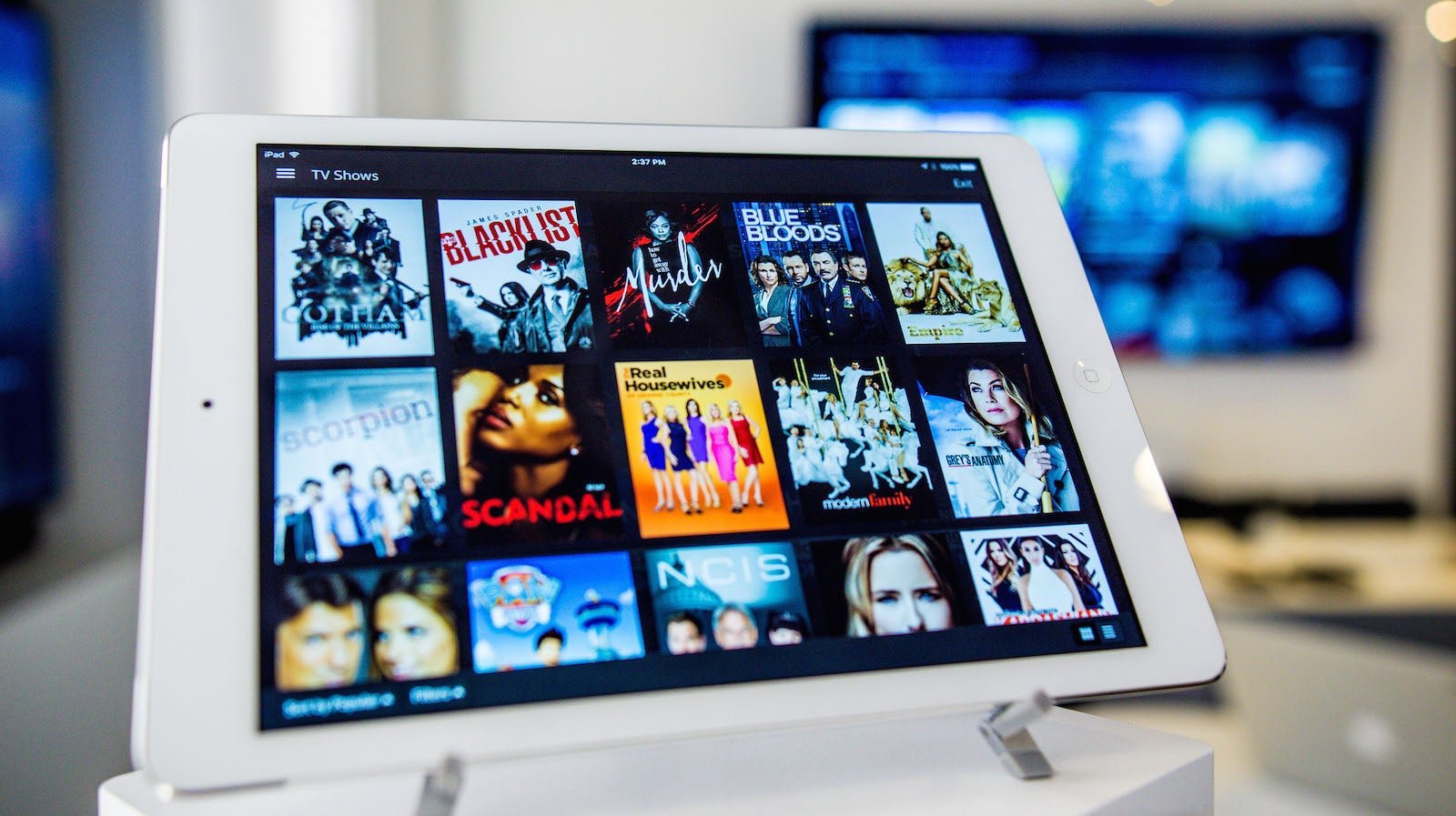One of the most annoying things about streaming TV is about to change
Streaming TV apps are great for catching up on your favorite shows. But it’s a pain having to sign in to each app to authenticate your cable subscription every time you open it. Soon, you may not have to .


Streaming TV apps are great for catching up on your favorite shows. But it’s a pain having to sign in to each app to authenticate your cable subscription every time you open it. Soon, you may not have to .
Cable-TV customers with Comcast, Cox Communications, and MediaCom will soon no longer have to enter a password to stream on TV apps like Comcast Xfinity TV, AMC, FX, NBC, and Watch ESPN. The apps are adopting a new universal-login standard—an expansion of TV Everywhere solutions—that will use subscribers’ home wifi networks to automatically authenticate their cable subscriptions. That means you could easily switch back and forth between games on the WatchESPN app and NBC Sports Live Extra without having to sign in to each.
Outside of the home, you’ll have to enter your cable credentials once to sign into cable-operator and programmer apps and websites on that device.
The new standard will roll out over the next six to 12 months. So far, cable operators including Comcast, Cox, and MediaCom, as well as dozens of streaming apps from the following networks have signed on:
- A&E Networks (A&E,History Channel, Lifetime, Viceland, and more)
- AMC Networks (AMC, BBC America, IFC, SundanceTV, and more)
- Disney (ABC, ESPN, Disney channels, and more)
- Fox Networks Group (Fox, Fox News, Fox Sports 1, FX, and more)
- NBCUniversal (Bravo, CNBC, MSNBC, NBC, NBC Sports Network, USA, Telemundo, and more)
- Scripps Networks Interactive (HGTV, Cooking Channel, Food Network, Travel Channel, and more)
- Turner (CNN, TBS, TNT, truTV, and more)
- Viacom (BET, Comedy Central, MTV, Nickelodeon, and more)
The measure is a big leap forward for streaming TV apps. Entering credentials is one of the biggest pain points for customers who use them and a major barrier for adoption, according to industry experts including Disney CEO Bob Iger.
“The process of on-boarding [people], of not just downloading the app but authenticating it, it’s more clunky than it needs to be,” Iger said at a Deutsche Bank conference in March. “That clearly is a gating factor to the consumer today…As soon as you hit a speed bump, technologically or digitally, you go elsewhere.”